You’re missing birds because of bad advice. Period.
Turkey hunting isn’t about luck. It’s about ditching the half-truths, tall tales, and old-school nonsense that’s holding you back.
Think calling too much scares them off? Wrong. Think turkeys can’t spot you in camo? Think again.
Hunters repeat myths like gospel, and every spring, gobblers walk away while we scratch our heads.
But it’s time to flip the script.
Let’s break down the 15 myths that are costing you gobblers—season after season—and reveal what actually works in the woods.
No fluff. No recycled campfire stories. Just the gritty, real-world truth that makes the difference between going home empty-handed or packing out with a bird over your shoulder.
Ready to unlearn what’s been holding you back? Let’s call those lies out—one by one.
Which myth have you believed the longest?
Myth 1: Silent Turkeys Aren’t Around
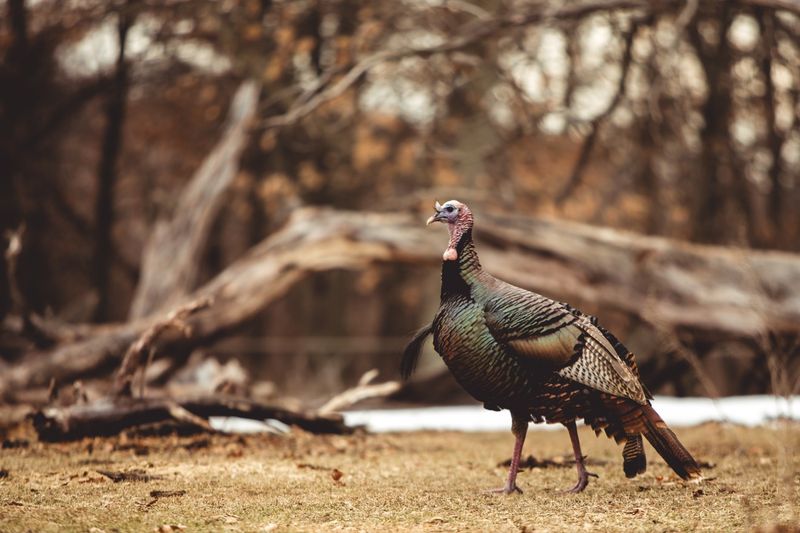
Many believe that if turkeys aren’t gobbling, they aren’t present. This assumption can lead to missed opportunities. Turkeys may stay silent due to weather conditions, pressure from predators, or simply being cautious. Hunters often overlook turkeys that are quietly observing from a distance, waiting for the right moment to reveal themselves. Patience and keen observation can turn the tide in these scenarios. Sometimes, a change in call strategy or location is all that’s needed to coax a silent bird into view. Don’t let the silence deceive you; turkeys might be closer than you think.
Myth 2: Bright Clothing Scares Turkeys
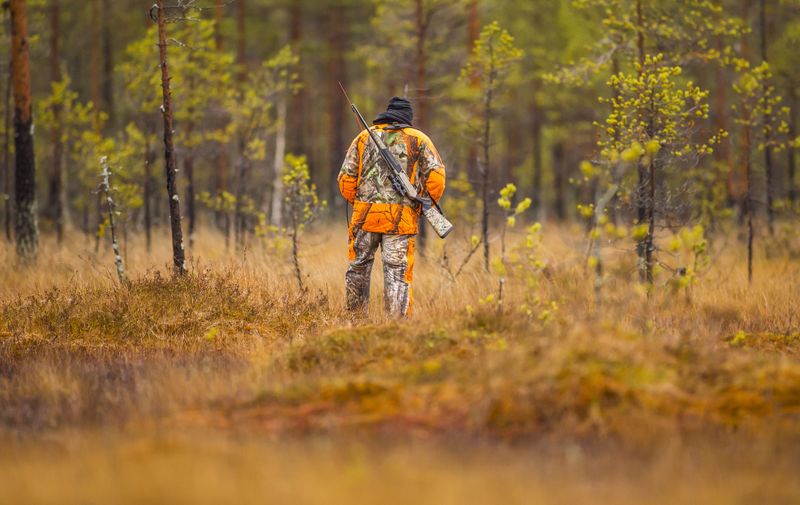
It’s a common belief that wearing bright colors in the woods will scare away turkeys. However, turkeys have poor color vision and are more likely to react to movement than color. Wearing orange for safety, especially during hunting seasons shared with deer hunters, can be crucial. The key is remaining still and blending with the surroundings through motionlessness. Focus on your approach and the terrain rather than solely on your attire. Bright colors won’t necessarily alert a turkey, but a sudden movement will. Stay still and attentive, and turkeys will come.
Myth 3: Turkey Calls Should Always Be Loud
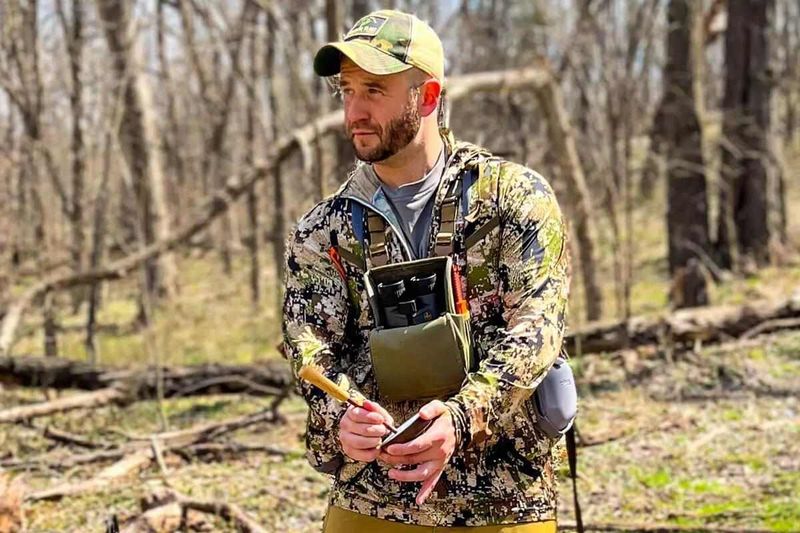
Some hunters think louder calls are more effective, believing they reach further distances. However, subtlety often wins. Turkeys are naturally curious and may be spooked by overly aggressive calling. In quiet settings or when turkeys seem close, soft clucks and purrs can be more enticing. Understanding the context and terrain is vital; a loud call in a quiet, echo-prone area can send turkeys running. Try varying your calls and mimic the natural sounds of the area. Sometimes, the gentlest call can have the strongest impact, enticing a cautious bird into your sights.
Myth 4: All Gobblers are Toms

Not every gobbling turkey is a mature tom. Young male turkeys, known as jakes, can also gobble, albeit with less frequency and volume. Misidentifying these can lead to shooting an immature bird, which may not be desirable for some hunters seeking a trophy. Observing the birds’ beard length, spurs, and overall size can provide clues to their age and maturity. While both jakes and toms have their challenges and rewards, knowing the difference ensures you make informed hunting choices. Recognizing these distinctions is essential for a successful and ethical hunt.
Myth 5: You Must Call Constantly

Constant calling can be counterproductive, often making turkeys wary. Over-calling might alert them to human presence rather than attract them. Turkeys have acute hearing and a natural curiosity that draws them toward distant, infrequent calls. Strategic pauses in calling mimic the natural movement and behavior of turkeys. Listening and adapting to the environmental cues can improve the chances of a successful hunt. Sometimes, less is more. Observing the response to your calls and adjusting accordingly can lead to better results than incessantly calling without pause.
Myth 6: Only Experts Can Hunt Turkeys
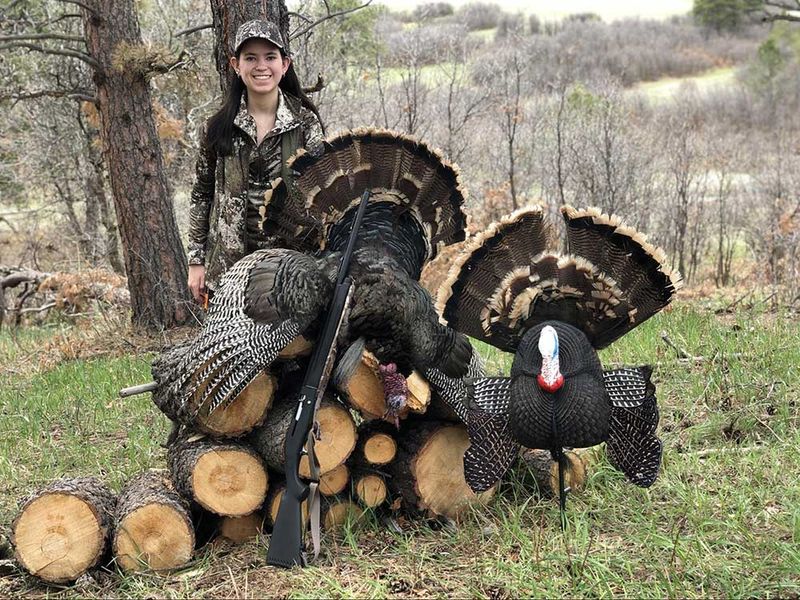
Turkey hunting is often seen as a domain for seasoned experts, but beginners can find success too. Confidence, patience, and a willingness to learn are key. Many successful hunters started as complete novices, learning through experience and guidance from others. A positive attitude and openness to adapting techniques can make all the difference. Reading books, watching instructional videos, and practicing calls are excellent starting points. With dedication and the right approach, newcomers can enjoy the thrill of turkey hunting and achieve remarkable results. Success isn’t reserved for experts alone.
Myth 7: Turkeys Never Return to the Same Spot
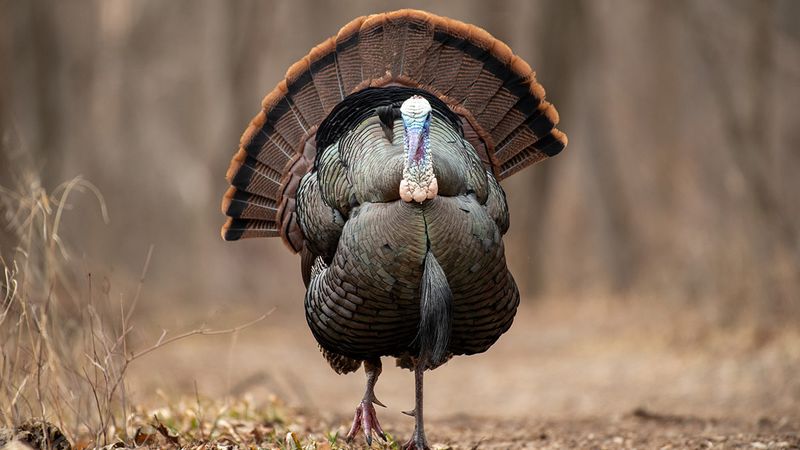
Some hunters believe turkeys won’t return to a location where they’ve been previously spooked. In reality, turkeys are creatures of habit and may revisit favored spots for food, shelter, or mating opportunities. Observing patterns and understanding the terrain can provide insights into their behavior. If disturbed, turkeys might avoid an area temporarily but often return once they feel it’s safe. Patience and persistence are essential. Knowing their habits and tendencies can turn a seemingly empty spot into a productive hunting ground. Keep track of sightings and behaviors for future success.
Myth 8: Rainy Days Are Bad for Turkey Hunting
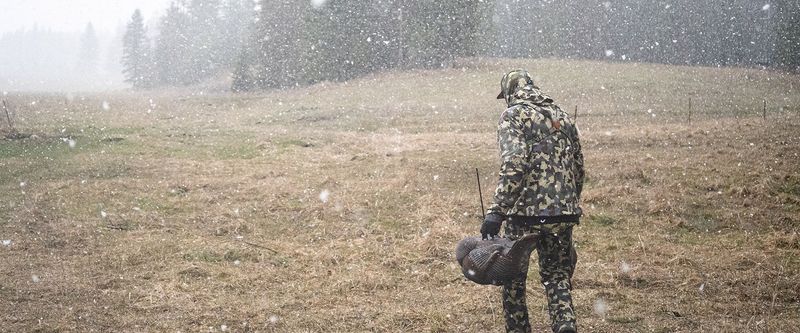
Rainy days are often dismissed as poor hunting weather, yet turkeys remain active in light rain. Rain muffles sounds, allowing hunters to move more quietly and closer to their quarry. Additionally, turkeys may frequent open fields, seeking food during and after rain showers. Understanding how weather affects turkey behavior can enhance hunting strategies. Proper gear and clothing ensure comfort and stealth in wet conditions. A little rain can sometimes provide the perfect cover for a successful hunt, turning what seems like a disadvantage into an unexpected advantage.
Myth 9: Turkeys Can’t See Well
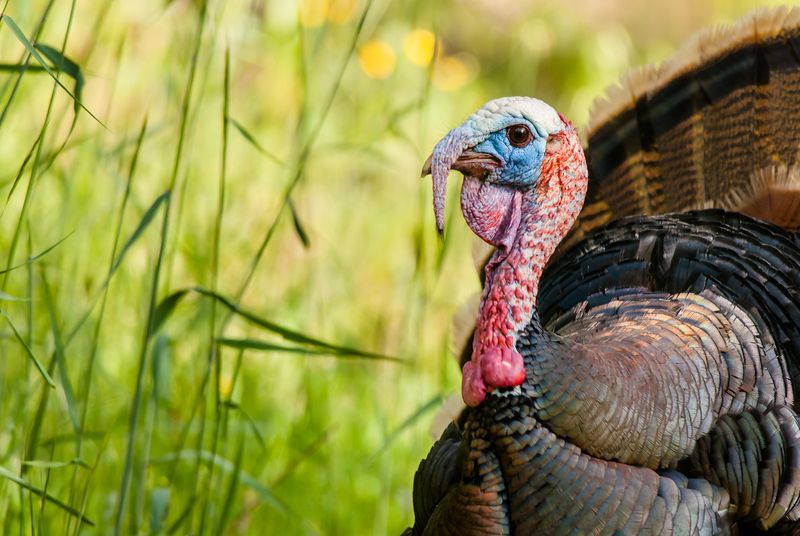
Underestimating a turkey’s eyesight can lead to failed hunts. Turkeys have excellent vision, which they rely on for detecting predators. Their ability to spot movement from a long distance makes stealth a critical component of hunting. Even slight movements or reflections from a hunter’s gear can be enough to scare them off. Remaining motionless and using natural cover are effective ways to evade their watchful eyes. Investing in quality camouflage and practicing stillness can significantly increase the odds of success. Don’t underestimate the importance of outsmarting a turkey’s sharp vision.
Myth 10: Afternoon Hunts Are Unproductive

Afternoon hunts are often overlooked, yet they can be fruitful. Turkeys can be active throughout the day, especially during the spring mating season. As temperatures rise, turkeys may move toward shaded areas, providing opportunities for an afternoon hunt. Exploring the right habitat and adjusting tactics to match the time of day can lead to success. Whether it’s calling or spot-and-stalk hunting, afternoon efforts should not be dismissed. Patience and adaptability are key, as understanding turkey behavior at different times can enhance the chances of a successful encounter.
Myth 11: You Need Expensive Gear to Succeed
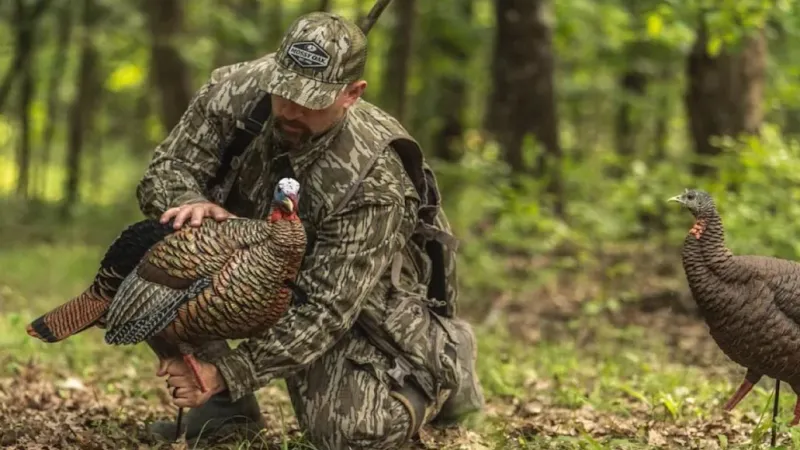
The belief that only top-of-the-line equipment ensures success is misleading. While quality gear can offer advantages, skill and knowledge are more crucial. Many hunters have found success with basic, budget-friendly equipment. Understanding turkey behavior, practicing calls, and scouting the environment can outweigh the benefits of expensive gear. Focus on honing skills and learning from experience. Adaptability and resourcefulness often make the difference, proving that success doesn’t depend solely on having the latest gadgets. Persistence, patience, and practice are the true investments in a successful hunt.
Myth 12: Turkey Hunting Is All About Luck

Attributing turkey hunting success to mere luck overlooks the skill and strategy involved. Success often comes from careful planning, understanding turkey habits, and adapting to changing conditions. Hunters analyze patterns, learn from past experiences, and continually refine their techniques. While luck can play a minor role, preparation and perseverance are the foundations of success. By studying the environment, honing calling skills, and staying adaptable, hunters can significantly increase their chances of success. Believing in luck alone might lead to missed opportunities and unfulfilled potential.
Myth 13: Older Toms Are Smarter
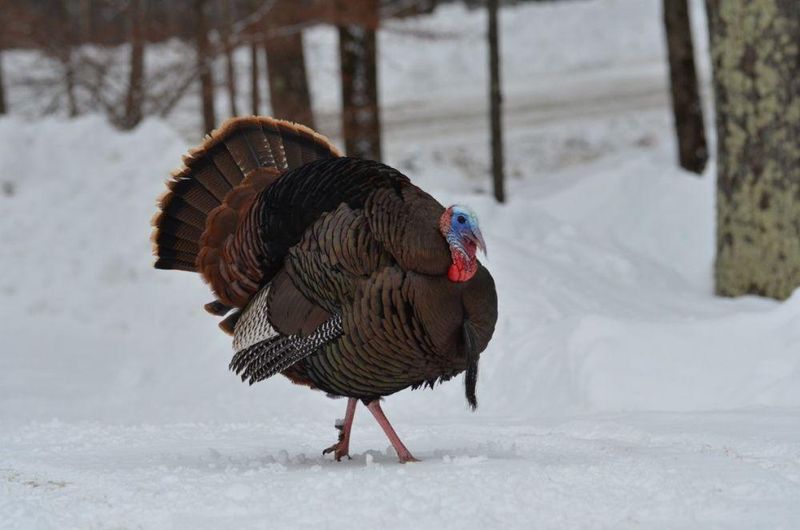
While mature toms may have more experience, they aren’t necessarily smarter than younger birds. Experience can make them cautious, but it also makes them predictable in certain behaviors. Hunters who understand these patterns can exploit them for success. Observation and insight into their habits can reveal opportunities that others might overlook. Patience and strategic planning can outsmart even the most seasoned toms. Recognizing that each turkey is unique and adapting strategies accordingly can lead to rewarding encounters. Age doesn’t always equate to intelligence in the turkey world.
Myth 14: You Can’t Hunt Turkeys in Windy Conditions
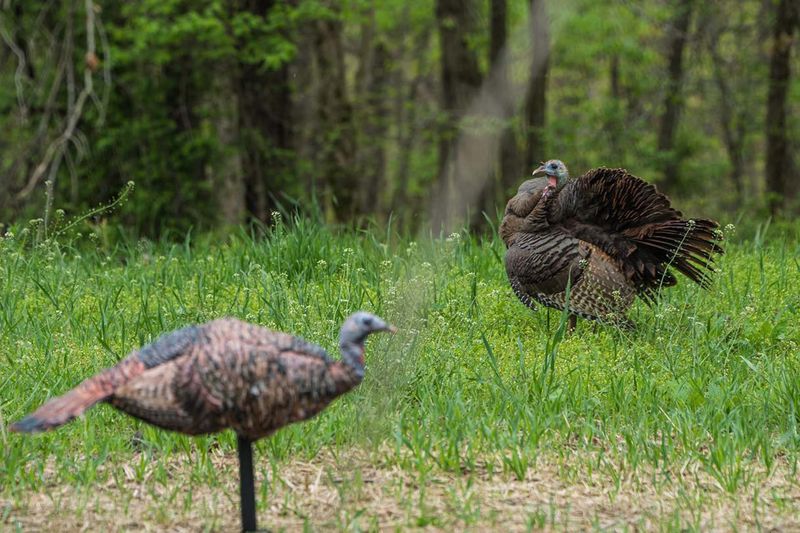
Windy conditions are often seen as unfavorable, but they can provide unique advantages. Wind can mask sounds, allowing hunters to move stealthily. Turkeys may seek sheltered areas, making them more predictable in their movements. Effective communication with hunting partners becomes crucial, often relying on visual signals instead of calls. Adapting tactics to the conditions can turn a seemingly challenging day into a successful outing. Understanding how wind influences turkey behavior and adjusting your strategy can lead to unexpected success. Embracing the wind can offer new opportunities for the resourceful hunter.
Myth 15: You Need Private Land to Succeed
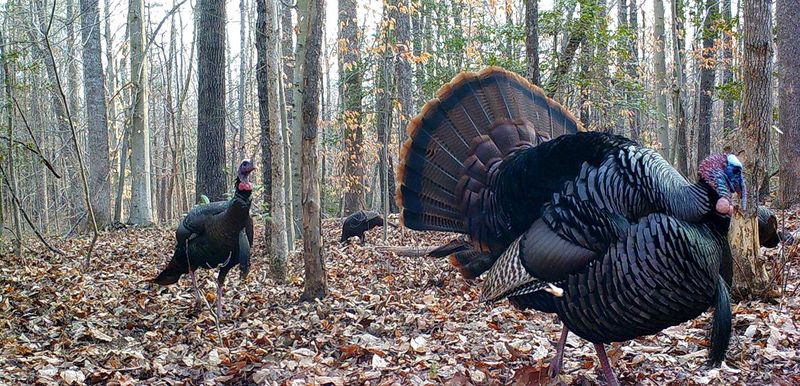
The idea that private land is necessary for successful turkey hunting is a common misconception. Public lands can offer excellent opportunities for those willing to explore and adapt. Understanding the regulations and scouting various locations are key to success. Many hunters have found abundant turkeys on public land by identifying less pressured areas and times. With determination and creativity, public land can yield rich rewards. Embracing the challenge of hunting on shared land can be both fulfilling and fruitful, proving that success isn’t confined to private property.

